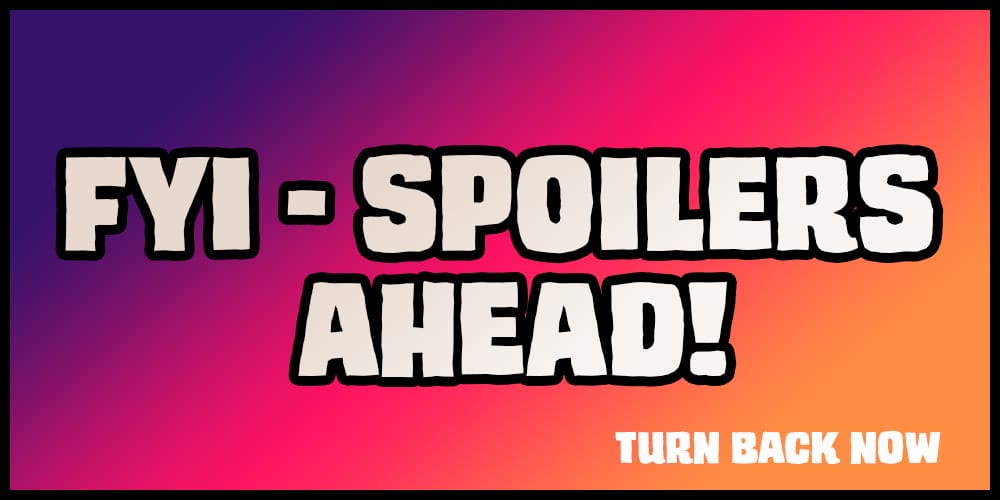Available now from Dark Horse Comics, Cyberpunk 2077: Trauma Team #4 brings this nail-biter of a limited series to an end. Writer Cullen Bunn and artist Miguel Valderrama with colorist Jason Wordie and letterer Frank Cvetkovic pull out all the stops to close the story with a bang.
After four issues, I’ve now realized that Nadia’s journey at its core is a battle between the id and the ego. The id and the ego make up a psychoanalytical theory famously developed by Sigmund Freud. At the risk of simplifying the theory, the id is the most unrestrained aspect of an individual’s personality, while the ego keeps the id in check. Nadia’s client represents her id as he kills without restraint and uses others’ conflict to his own advantage. After struggling with her desire for revenge on the client, this last issue presents their final showdown.

Picking up where the third issue left off, Nadia, Stratter, and the client finally make it out of the high-rise apartment complex. Wasting no time, Stratter calls for an evac and berates Nadia again, blaming her for their fellow team members’ deaths. Before Nadia can defend herself, the client snaps Stratter’s neck. They argue, but a surviving gang member leaps out of the building to finish the client off.
The Thick of It
True to her job description, Nadia defends her client as even more gang members come out of the woodwork. In a flurry of blue and red wide panels with varied SFX, we get a closer look at the action as Nadia fights her way through a group of five guys. Meanwhile, the client goes up against a guy three times his size.
It’s probably the longest continuous action sequence of the series, and it’s exhilarating. Sure, up to this point, we’ve seen plenty of shootouts and rage-filled fistfights, but this one sequence exhibits each individual talent involved. Artistically, illustrator Valderrama and colorist Wordie have contrasted ruddy gore with neon pinks, yellows, and blues. Cvetkovic’s lettering augments the style with graffiti-like lettering.
Overall, the effect is a stylized look that dispels any sense of realism in the reader. However, the high contrast also makes the emotional moments so much more impactful. In the above-mentioned action sequence, for one, the art shows us exactly how broken down the main characters are by this mission.
To the Death
To Bunn’s credit, his use of cliffhangers to build suspense in the previous issues make the final action sequence so satisfying. By this point, the reader wants an end to the suffering, regardless if Nadia gets her revenge. But Bunn intelligently leaves the ending ambiguous. A panel of blood and bullet shells ends the series, leaving us to question whether Nadia’s ego has triumphed over the id. I also wonder if this is meant as a lesson on revenge. Perhaps we’re meant to ask, “Is revenge worth the bloodshed?”
All in all, Cyberpunk 2077: Trauma Team #4 is a satisfying conclusion to a gripping, character-driven limited series. It stands on its own against the video game, especially given that the cyberpunk world (i. e., culture, location) is mostly handled visually and hinted at through side characters. If you were disappointed with the game, give the comic books a chance. On the other hand, if you’re not a gamer or never even heard of the game, I would recommend you give the series a try.

